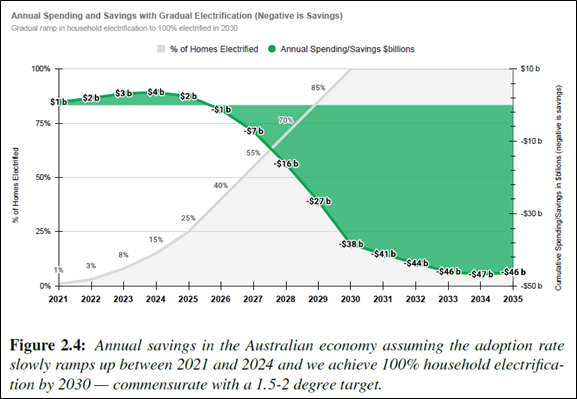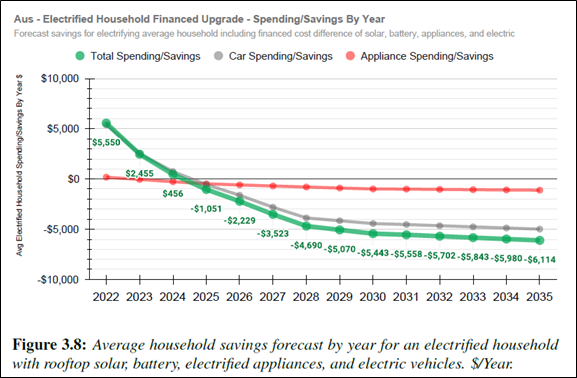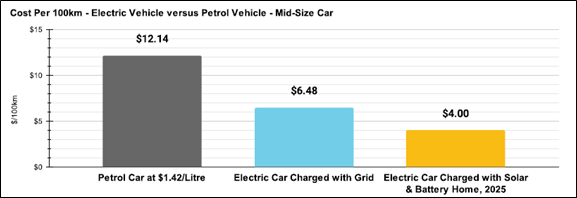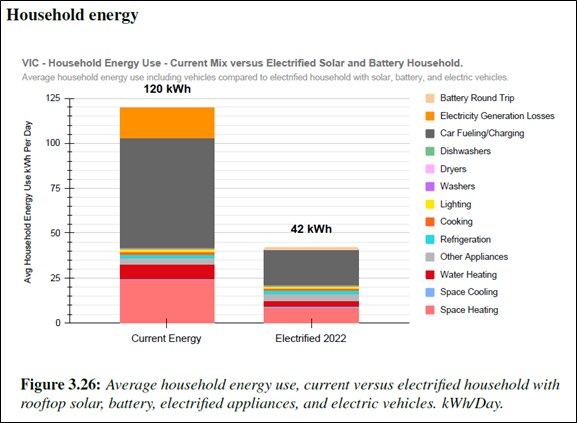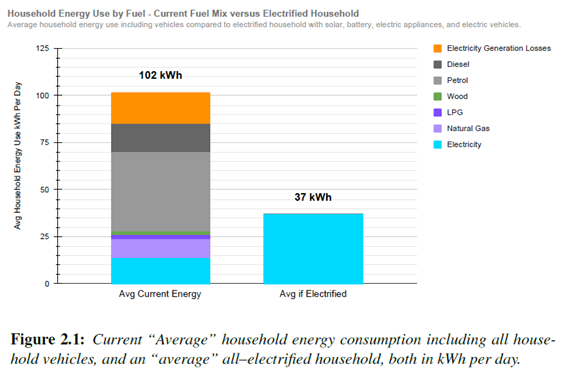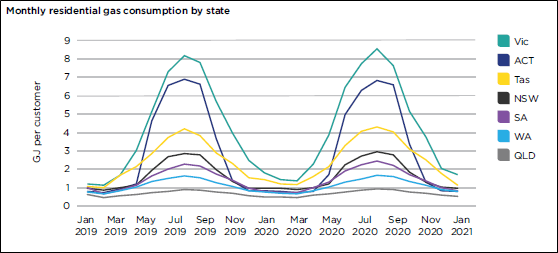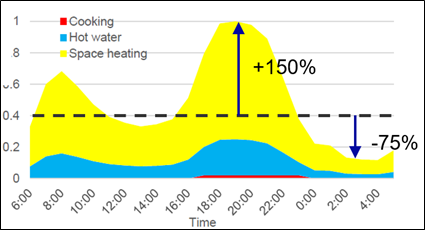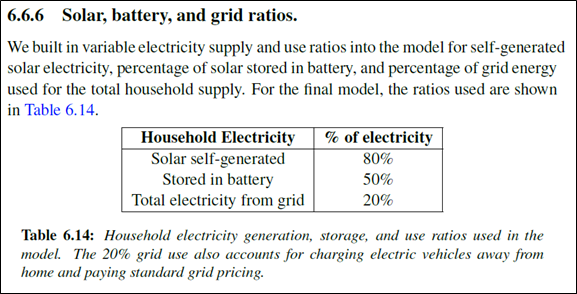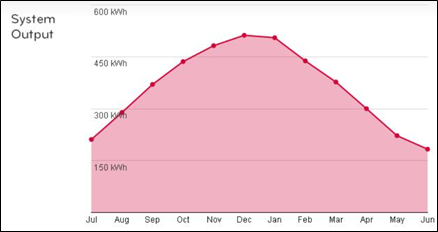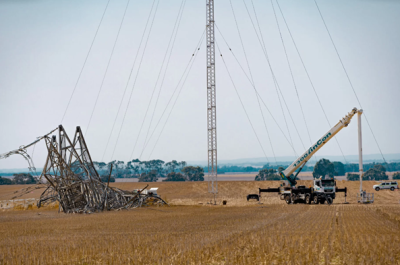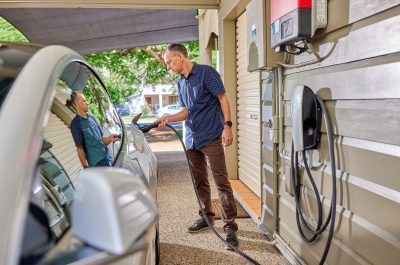When you live in a castle, should you use horse drawn carriages or electric vehicles to reduce emissions?
Castles and cars – a new research study by Rewiring Australia is an ambitious plan that promises savings to individuals from electrifying homes and vehicles while reducing emissions.
It promises massive household savings leveling out to $46 billion a year in the mid-2030s. This works out to about $5,000 in savings per family. That as a headline is sure to draw attention from most families and policy makers. Especially with the sweetener that only $12 billion of investment is required in the next four years.
There are two reports, a discussion paper and the technical report. Chapter 6 of the technical report contains the methodology used in the research and many of the points highlighted in this article identify some shortcomings of that methodology.
But what does it actually mean?
First, the changeover in the “plan” is a massive shake up. It requires replacing all fossil fuel machines with electrical alternatives in the next decade. That means all cars, gas heaters, hot water heaters, gas cooktops, electrical resistance heaters, power generators, etc.
Cars are the key
Most of the savings are attributed to vehicles. Or more accurately, to fuel savings from switching from petrol vehicles to electric vehicles.
The chart above shows savings from 2025 onwards. Out of a total saving of $5,443 per household in 2030, the savings attributed to cars are almost $4,500, or more than 80 per cent of the total savings. Similar savings charts are shown in each state. Even in Victoria, with a high level of residential gas use, the savings from vehicles are of similar magnitude. The vehicle savings are based on three fundamental assumptions:
- That electric vehicles will reach price parity with internal combustion engine (ICE) vehicles by 2026, with the average ICE car estimated to be $40,000 (at present EV’s are estimated to cost 170 per cent of the ICE equivalent).
- That EVs will mainly be charged at home, and
- That this charging will reduce the fuel cost per 100 km from $12.14 for a petrol vehicle down to $4.00 based on electricity charged at homes with rooftop PV and a battery.
The key to realising these savings will be to align EV charging times with renewable generation times and to ensure they don’t exacerbate system and local network demand peaks. Price signals and smart technology will be a key part of making this happen.
Electrifying household gas use
The research is based on an “average” energy consumption throughout the year. A detailed annual breakdown of energy usage by type and end use is provided in the report for each state. This is then electrified using assumption of efficiencies of heat pumps. For Victoria, this shows that a total energy requirement of 120 kWh can be replaced by 42 kWh when fully electrified.
But this ignores the variability of energy consumption throughout the day and in between seasons. Victoria’s residential gas consumption ranges between 1.5 and 8 GJ a customer per month. In terms of daily energy consumption, this is between 14 and 74 kWh, compared with the average shown above of 25 kWh. So, the peak daily consumption in winter is three times more than the average used in the modelling. The cost of electrifying this gas load is massive and would involve additional new renewable generation, poles and wires infrastructure and firming.
Gas consumption also varies throughout the day, with the evening peak being 150 per cent greater than the average daily consumption.
Combined, the peak hourly consumption of gas can be 4.5 times higher than the yearly average. This is a major oversight, leaving the challenge of meeting winter heating load unaddressed. Dunkelflaute (the dark lull when there is little or no sunshine or wind to power renewable electricity generation) is also an issue that has not been addressed in the report.
The appliance efficiency of electrical alternatives also reduces as the temperature decreases. This coincides with the time of use of heating appliances, adding further pressure to the peak demand. Much of this, especially water heating, can be managed via demand shifting and using rooftop PV to heat water during the day. Vehicle charging can be also shifted away from periods of peak heating demand, although this only works for shifting during the day and not between seasons.
To reach the 2030 target, 66,000 homes will need to be electrified every month from 2022. Assuming an average of three gas appliances a home, this would require 2.4 million new electrical appliances to be produced and installed a year, over the current rate of electrical appliances for new homes and replacements. Australia’s current gas manufacturing capacity is about one million appliances per year.
Electricity supply
Household energy is expected to be provided by a combination of rooftop PV, batteries and a connection to the electricity grid.
The report dedicates a third of a page on energy supply and network issues.
It is unclear whether this assumption means that 20 per cent of electricity is provided all the time or whether 100 per cent of electricity needs to be provided for 20 per cent of the time. A major difference from a network perspective.
Self-generated solar is the main source of electricity. It is unclear what type of generation is used for grid sourced electricity. Solar PV output is seasonal with about twice as much generated in summer as in winter. Battery storage does not support energy storage between seasons so the higher energy demand in winter (due to space heating) needs to be provided from an alternative source. No information on this is provided in the report.
Energy prices
The energy prices adopted in the work appear reasonable. The cost of solar PV generation is roughly 25 per cent of the cost of network electricity.
Conclusion
Developing a master plan based on annual energy consumption creates the risk of offering technology solutions that are ill suited to meet the energy task, which varies across the day and the seasons.
Energy is currently supplied to households via liquid fuels, gaseous fuels and electrons. While technical solutions exist to electrify the use of liquid and gaseous fuels, this requires a full assessment of the supply chains and the systems issues that ensure the reliability, cost effectiveness and environmental credentials can be managed. Not considering a whole-of-system approach risks customers paying significantly more than necessary for our renewable energy transition.
[1] https://www.lgenergy.com.au/faq/did-you-know/what-time-of-the-day-and-during-the-year-does-a-solar-system-work
